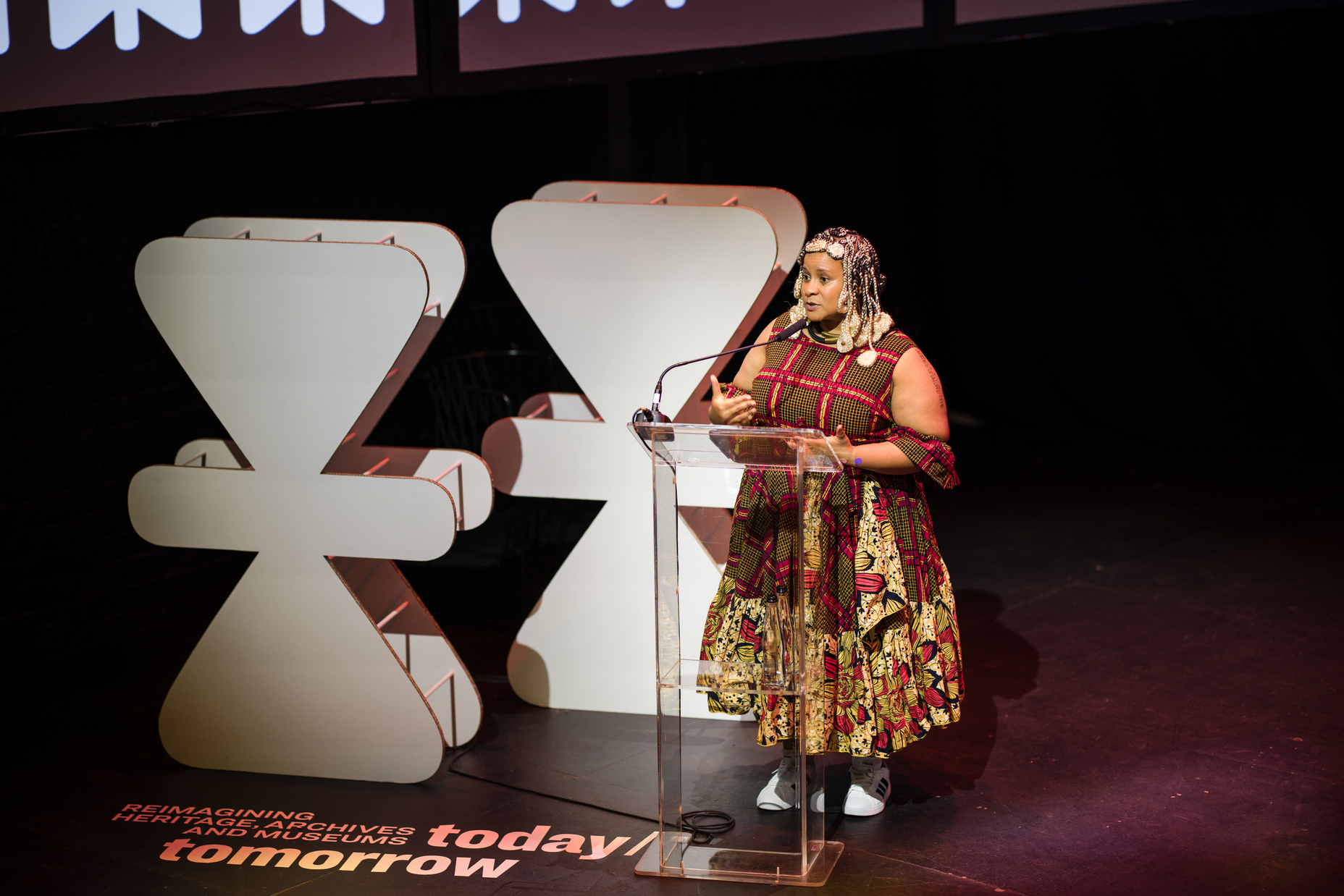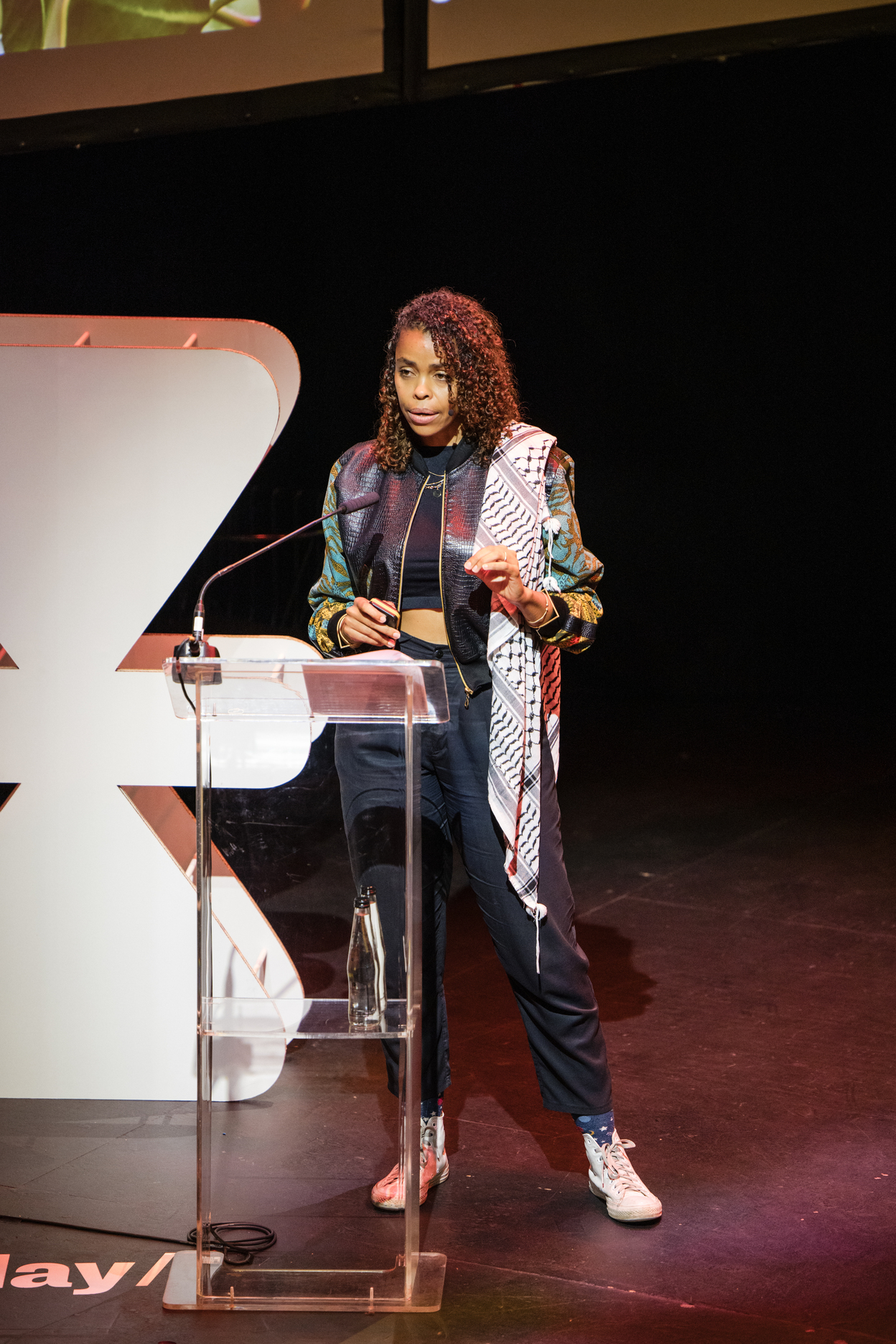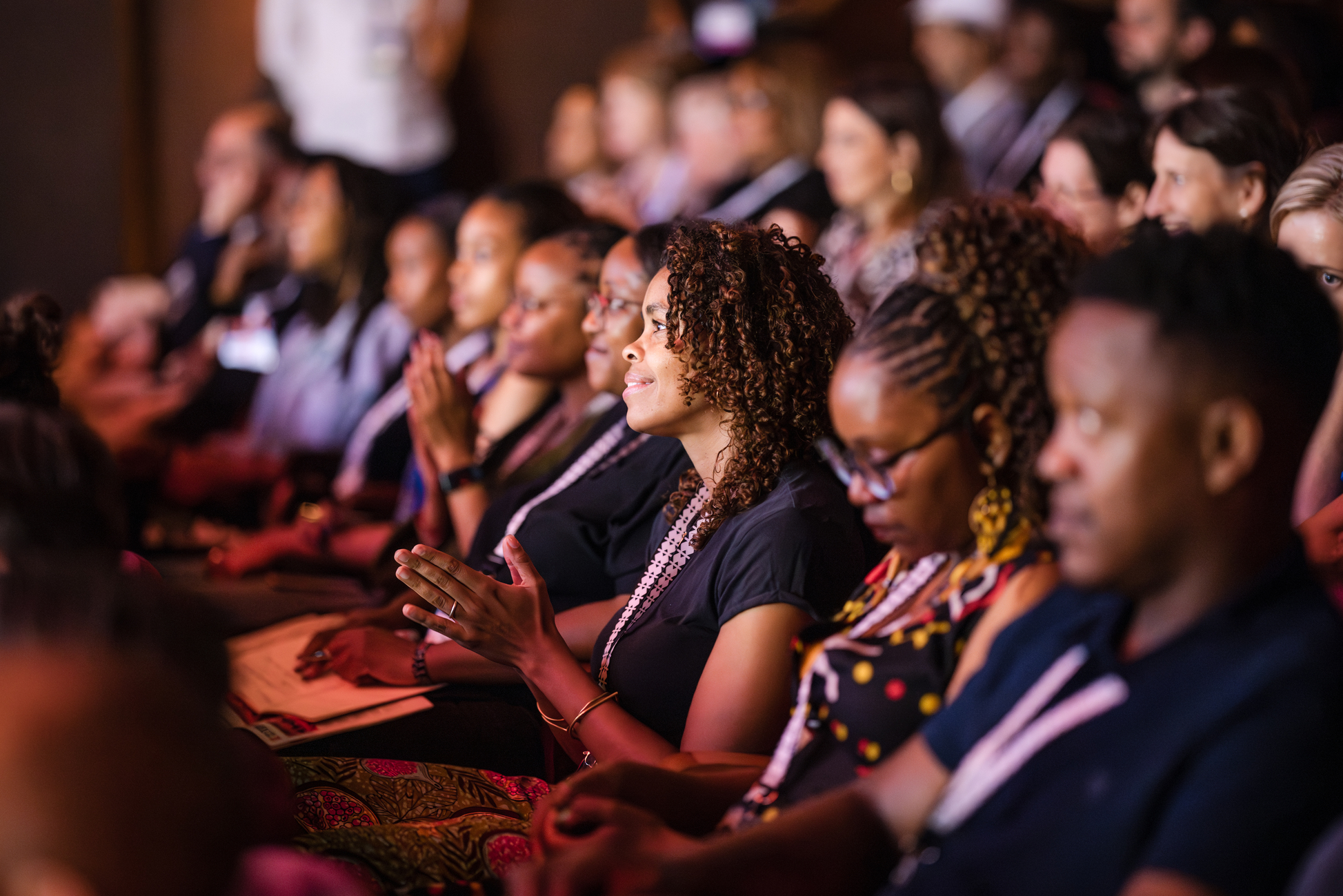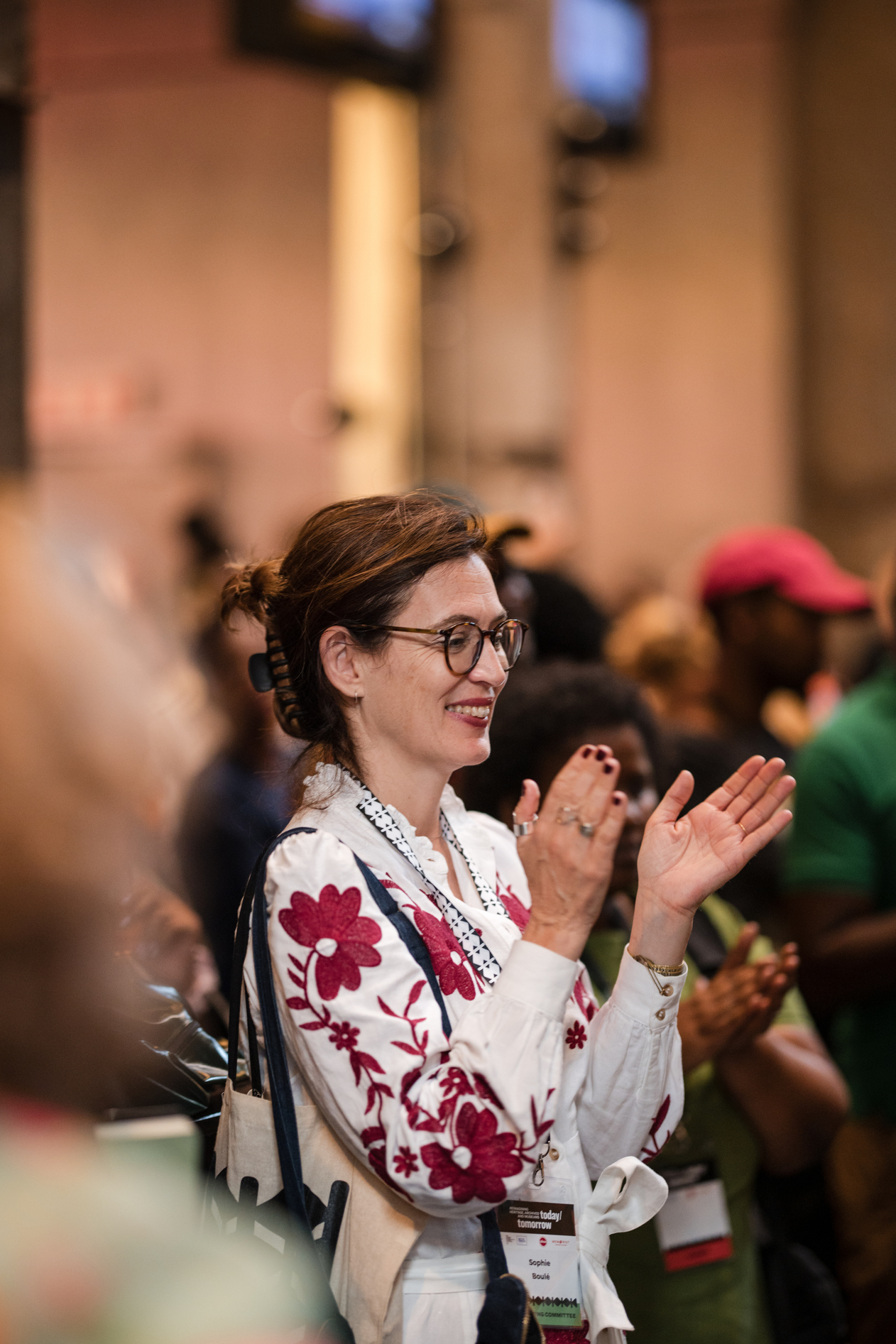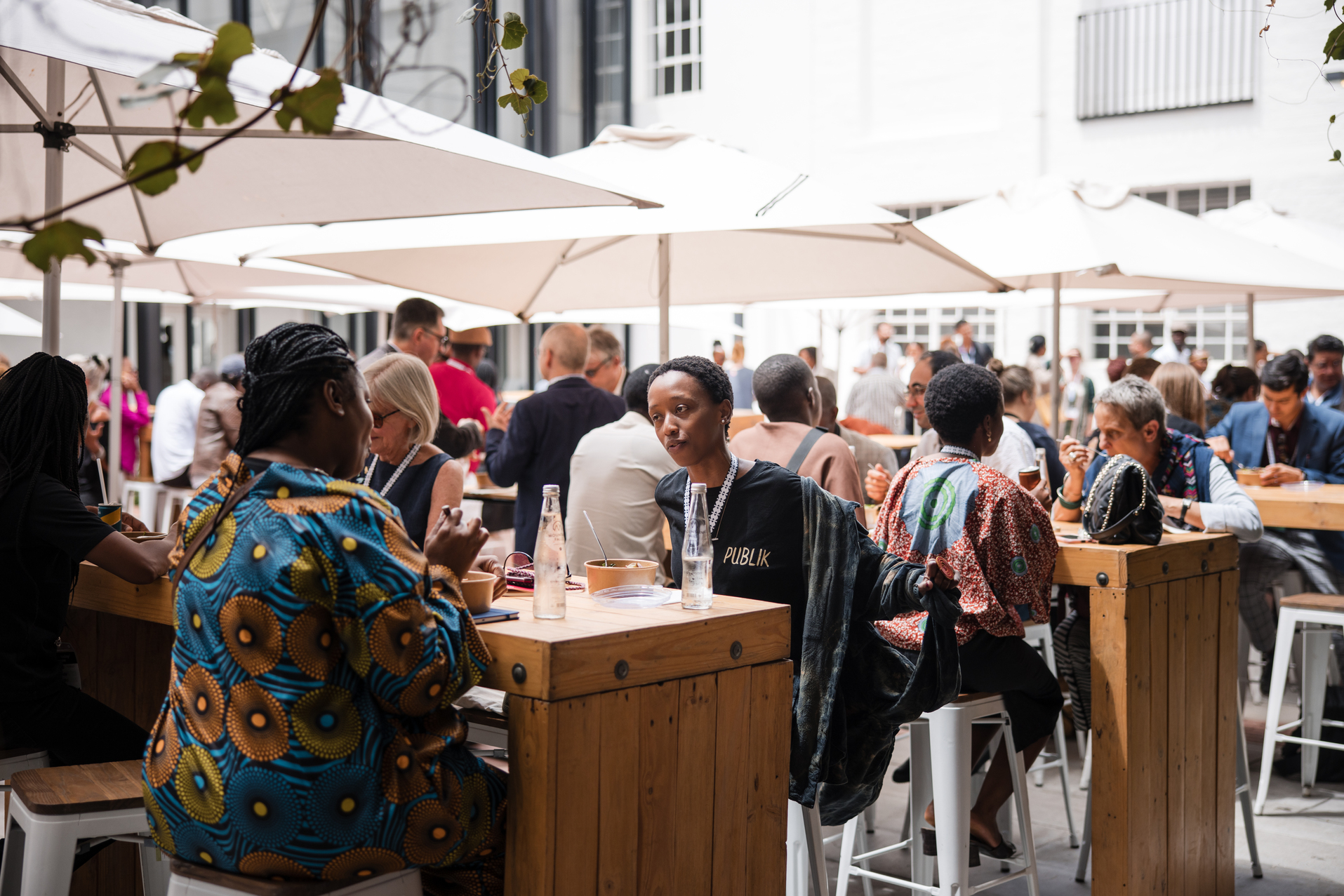When we think of museums, we often think of antiquated white buildings filled with even more antiquated objects. Museums have a tendency to feel far removed from society. For museums to better serve communities, and support heritage and the arts, they need to be responsive to society.
“There never should never be a single person’s vision, a single pursuit – when you’re trying to serve a community, a public, it has to be a collective and collaborative effort,” says independent cultural practitioner, Kefiloe Siwisa.
Kefiloe has worked extensively in the art space as a curator at Stevenson Gallery and the RMB Turbine Art Fair, and advocates for new ways of working within cultural spaces that are centred around community.
Most recently, she was the curatorial assistant and project coordinator of the Reimagining Heritage Archives and Museums conference – a three-day gathering of over 350 global artists, curators and academics exploring key issues facing the museum, and cultural space in Africa. The conference delved into topics of restitution, community service, and alternative forms of heritage.
We spoke to Kefiloe to unpack the issues facing the museum and heritage space in South Africa, and the ways in which it needs to be transformed to be more deeply rooted in the community.

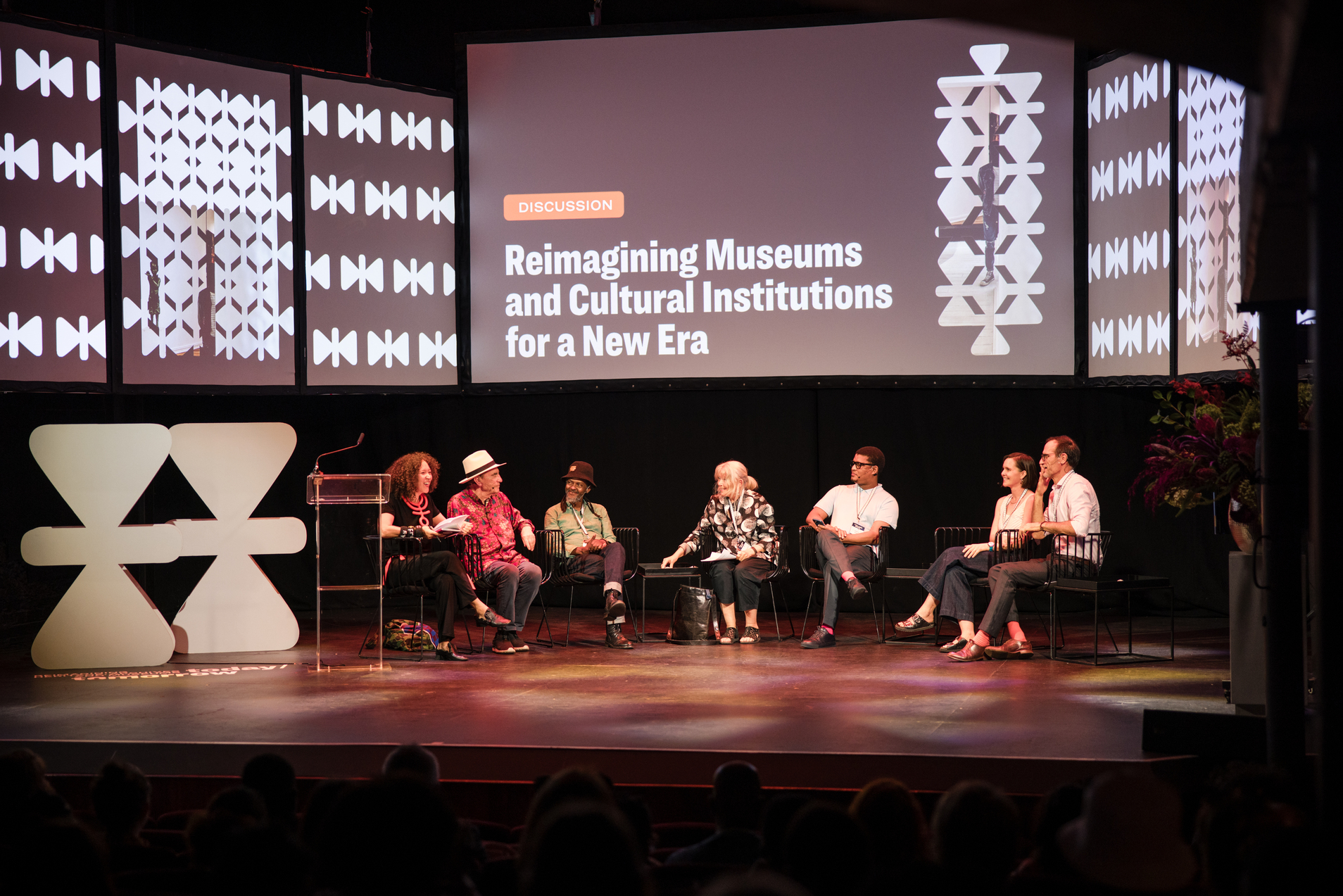
Nabeela Karim: Your work follows an ethos of “curatorial consciousness”, could you explain what curatorial consciousness is and how it exists in your work?
Kefiloe Siwisa: Curatorial consciousness is a term I sort of made up. It began as a way of grounding my work. I always want my work to be purpose-driven, and create work that engages with the public. I think people have this idea of the arts as being quite hippie and alternative, but it operates quite similarly to other capitalist ventures. There’s a whole constellation of different microeconomies working together. For me, it was about finding a way, even when I was working in commercial gallery spaces, to ground my practice in something that reminded me why I do the work I do. And if I felt my work didn’t align with my personal values, then I needed to pivot and think about how to make my work relevant, how to make it speak to communities and how to make it meaningful both for myself and for other people. It was also about thinking about how we, as practitioners, work in a way that is mindful. I do a lot of thinking around how spiritual practice informs the work I do. And it’s really about being present, having a greater emotional capacity and really trying to extend my empathy and how that all affects the ways that I work with people. it’s a way of navigating the artworld, a way of grounding my practice, a way of situating the work that I do so that I never feel too far away from being of service or in service of other people.
N.K. What change would you like to see in the museum space?
K.S. I think a lot of it distils to slowing down. I’m really interested in this idea of paring back and stripping back to find out what it is, at its core, museums are meant to be doing. I think these spaces are informed by the people who have created the museum, the people who engage with the museums, and what they perceive people want to get out of the museum. I think that comes back to the idea that there need to be spaces for listening and engaging and finding ways to bring in the very people that engage with those places and bring them to life. There needs to be room for those people to come in and shape those spaces based on what they need and not what we perceive their needs to be. And so I think that means having those conversations, but then within those conversations also allowing those people to lead the actioning. So it’s about finding how we collectively work together and find ways to bring in communities who are also not just catalysts for change but are instrumental in making this change happen. This creates a greater sense of communal accountability for these environments and these spaces and for the future of them. And I think at the core that’s really important because in that way it starts to become less insular. So, you don’t have all these people at the top dictating what a museum is meant to be and just follow the trends. But working on a really grassroots level, thinking about how these spaces can be of service.
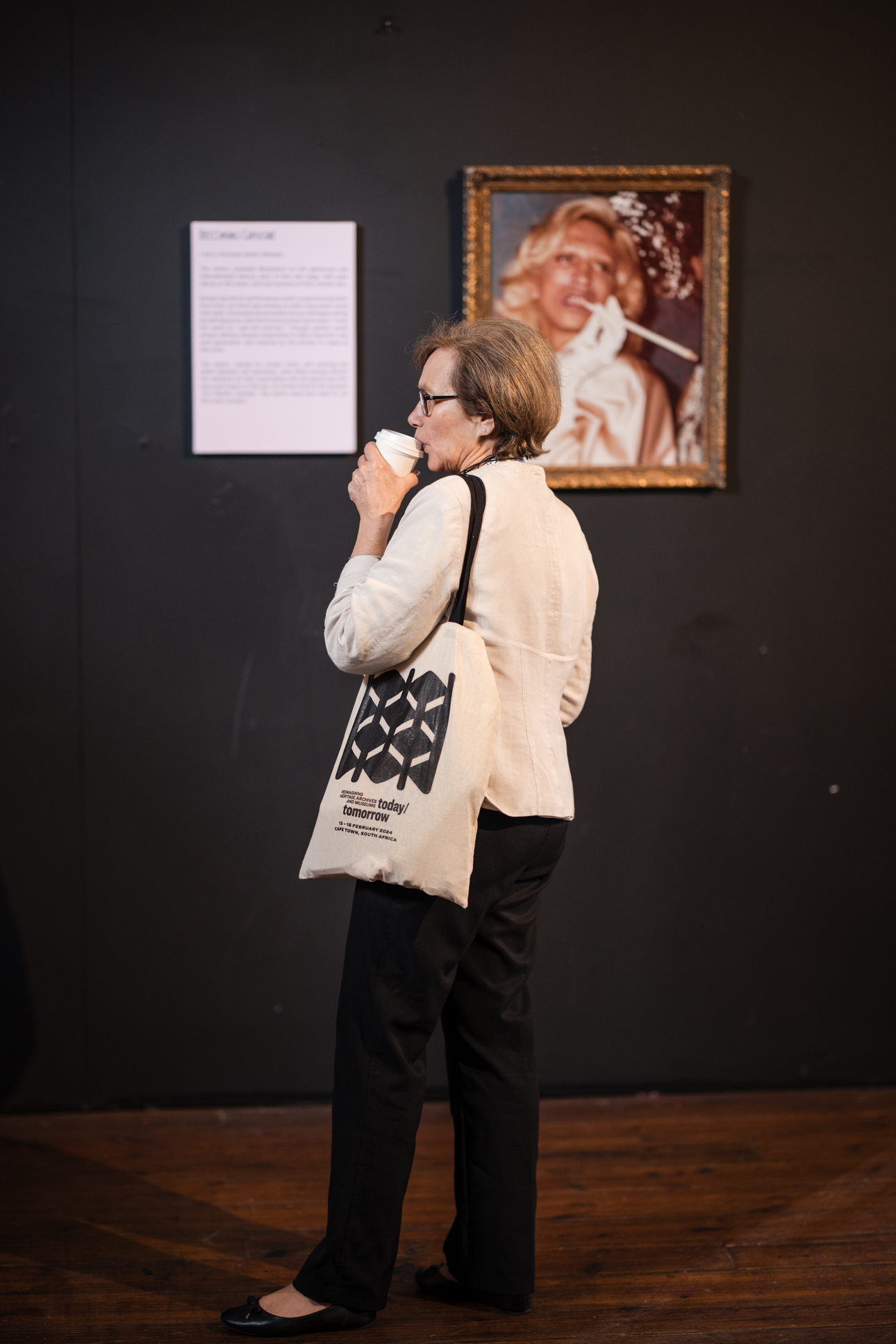
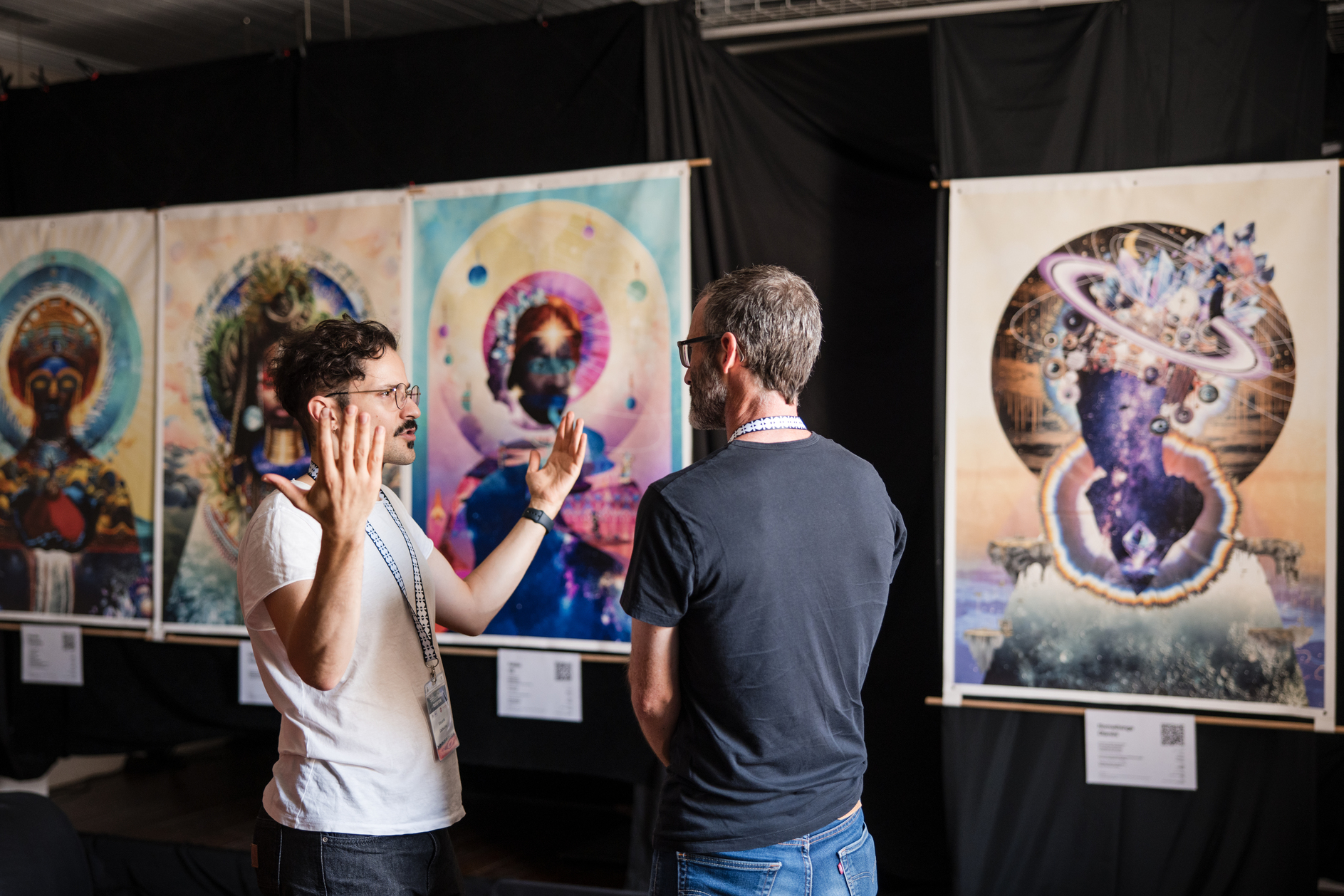

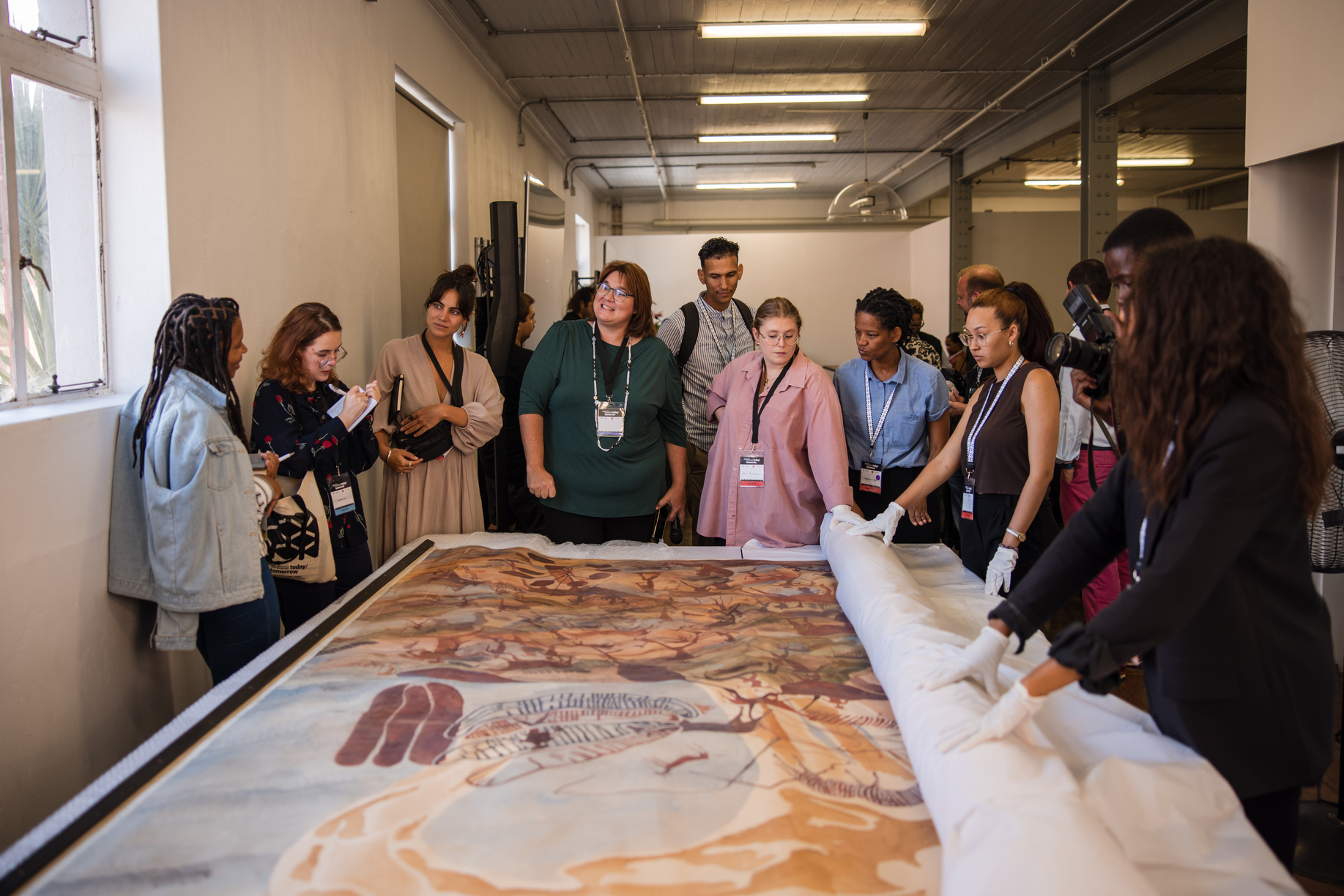
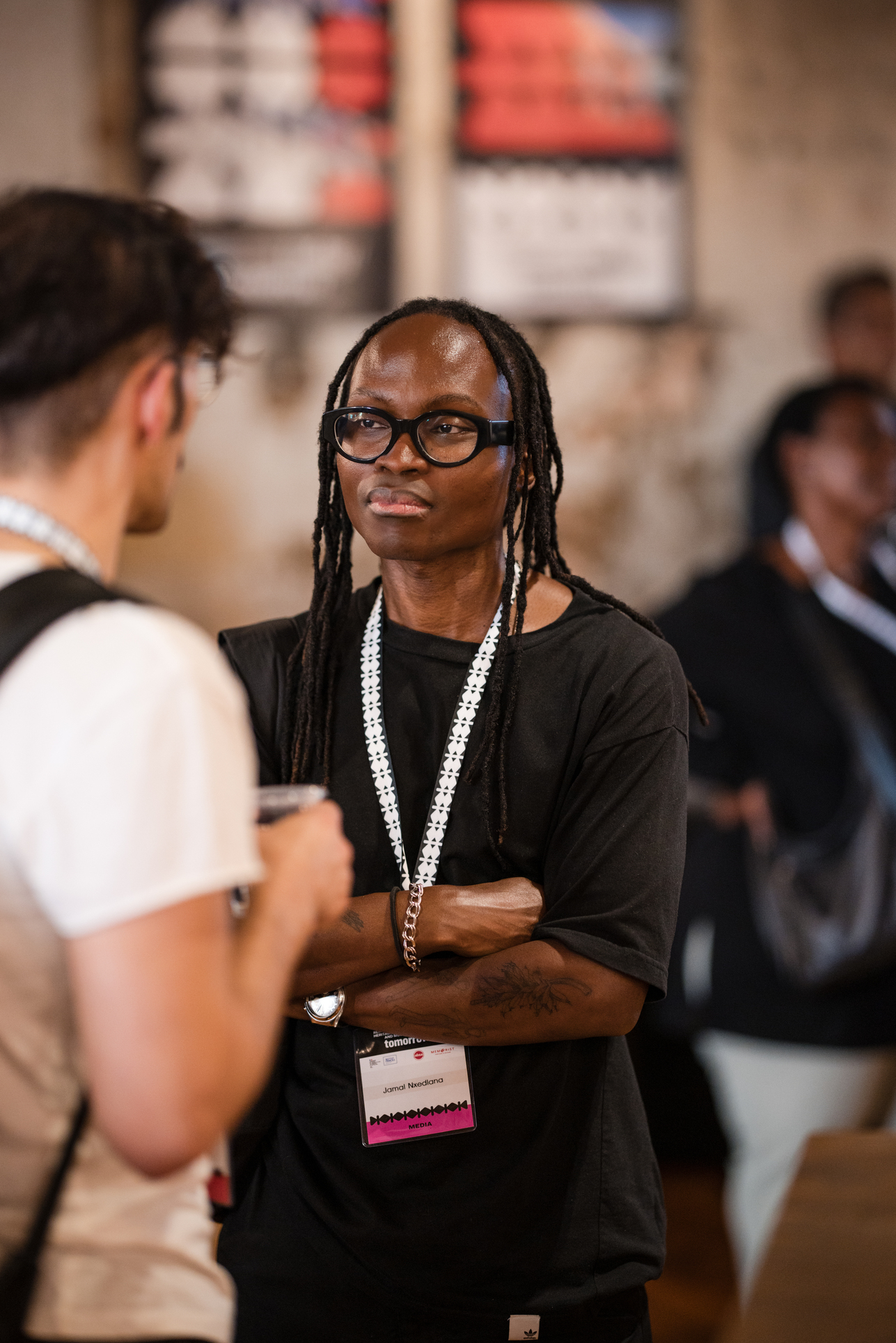
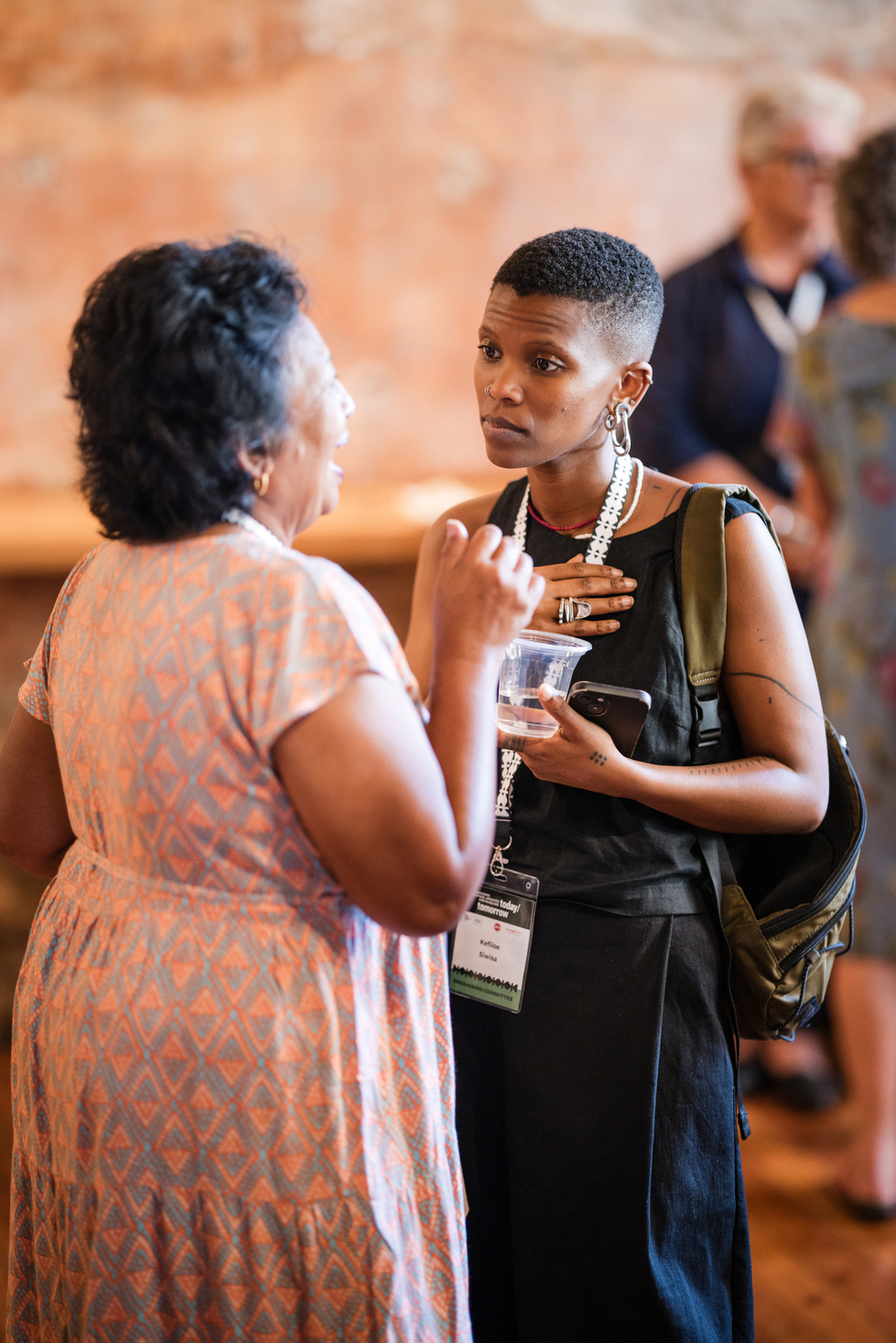
N.K. And what do you think are the main hurdles that are preventing this change?
K.S. On a baseline level, we all know there is a great lack of resources, specifically for public institutions. There’s a lack of resources on multiple levels, financially, access to information, particular machinery, instruments or tools that they need to be able to move certain things forward, access to the right networks that keep those finances going. And so there’s a larger conversation around how resources are obtained and how they are maintained and how we can give longevity to those resources. But it’s also really about a holistic approach. Even if we had to get all the money in the world, an institution that can still fall flat if we don’t have the support systems to be able to understand how to make that money last, but also how to make that money grow. And then, on top of that, having the right people in those spaces. We have a lot of great museum professionals, but I think they’re fatigued by systems that don’t support them. It’s very hard for young people to be encouraged to go into public institutions because they don’t feel like they will have the support they need. And when we can talk about the future of museums, we should also talk about the future of other cultural spaces. Museums are not the only spaces that this responsibility should be placed on. Community centres can also fulfil such an incredible role in terms of preservation and archiving. Even informal or alternative spaces.
N.K. This fatigue, is this something you experience?
K.S. I think a big part of thinking about what operating in a mindful way in the curatorial space looks like came from a fatigue for me. I felt like I was working back to back to back, and it was quite relentless. Often these spaces don’t have enough staff, that’s just the way it is with the arts, but our ability to see that and address it is very poor. To understand that there needs to be space for rest. When working in commercial spaces, we’re doing exhibitions every six weeks, so it’s really fast-paced, which means there’s no time to breathe, there’s no time to proper research, there’s no time to engage with artists in a meaningful way, there’s no time to really think or feel and just be with the work. It was always just about producing, producing, producing. And I think, in some way, there’s a huge fatigue that cultural practitioners are experiencing where there’s just no respite. There needs to be some kind of thinking around how we integrate this. And in the art world, we have the luxury of being able to reshape and rethink how we want to work. We don’t necessarily have to work in the same way as corporations do. We definitely could change the model if we wanted to but it’s whether we’re willing to, that’s a different question.
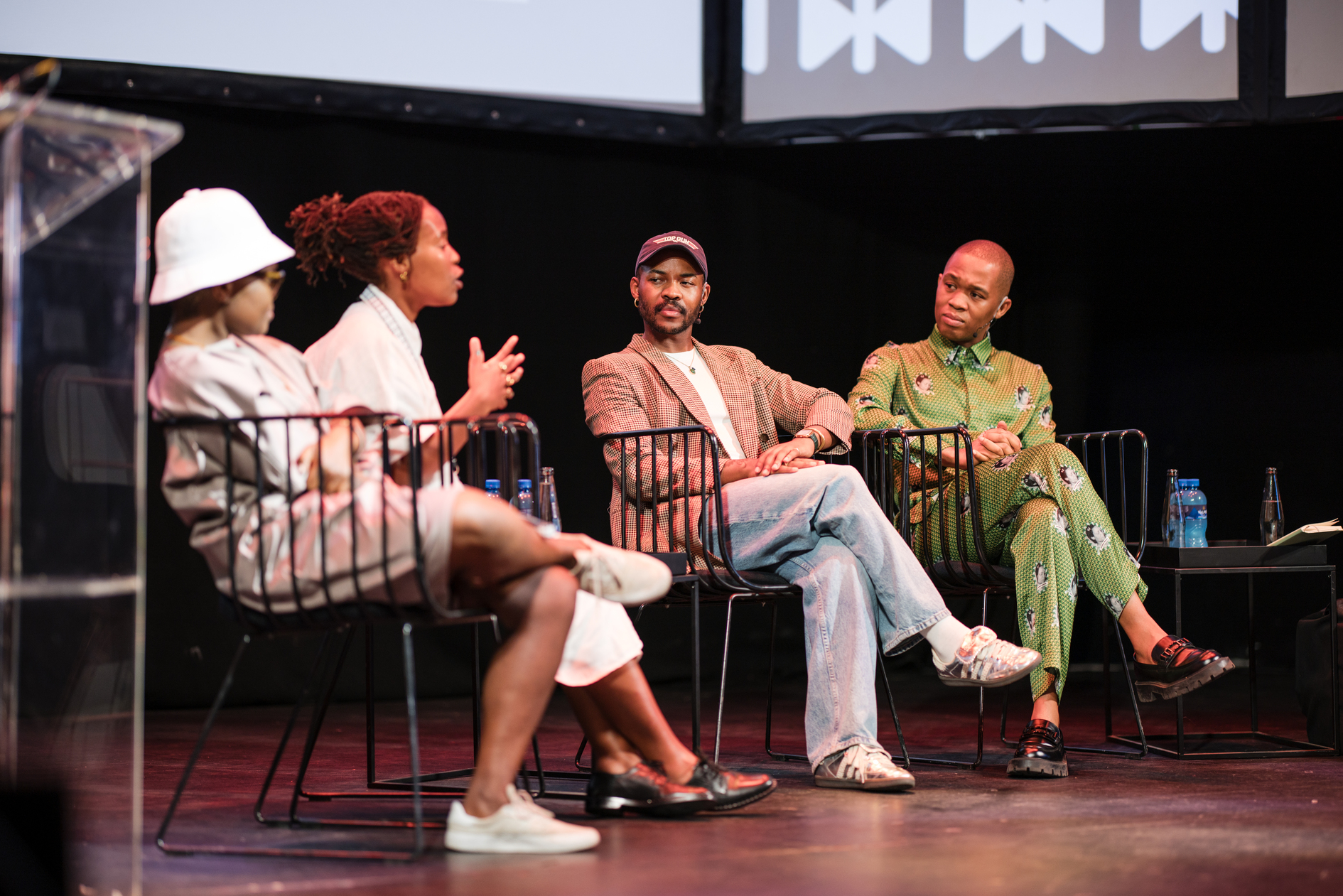
N.K. You were recently involved in coordinating the programme for the Reimagining Heritage, Archives and Museums convening. What were some of the highlights of the programme?
K.S. When you’re so close to a project, you definitely need to allow everything to sink in. For me, the highlight was the ideas that came together and seeing the impact it had and how it resonated with people. It was truly special to see people coming out of these sessions and reflecting on it amongst themselves and realising that it was something of importance to them. When you’re devising a programme, especially one of this scale, you never know whether or not it will resonate with others. You can do all your research and you can try and get as many people to collaborate so that you can have all these different perspectives, but you can never be sure whether or not the people that you’re bringing together will be able to hold the space adequately. I think the magic really lies in when you bring people together and they are able to make the work happen organically.
N.K. Can you explain the process of devising this programme?
K.S. It was really a collective project. While we had these two main curators who were committed to shaping and fulfilling this vision, ultimately, these things are never an individual pursuit. It’s really this monster of a project that is tackled from so many different perspectives and by so many different people. So, I think that the collective experience was really something that was quite amazing about this project; how we were just able to tap into all these different people, which I think is a testament to why the project could resonate so far and wide and why it felt so strong. There were so many people committed to ensuring that if we’re going to do it we’re going to do it properly, we’re gonna do it fearlessly and we’re going to make sure that it’s not just another conversation.
N.K. What have been some of the learning from this project? And what would you like to implement differently for future editions of Reimaging Heritage, Archives and Museums?
K.S. Going forward, I would really like to bring in more younger voices and to allow young people to lead some of these conversations. It was also quite a tight schedule, but I think having more time to have conversations outside of the formal discussions, would have enriched the programme. Some of the most interesting moments were when the audience asked questions, so I do wish we had built that in a bit more. But it was our first time working on a project of this scale, so there were definitely some teachings and learnings we gathered along the way that we can incorporate. And you only really understand how to improve from being in correspondence with others and using this feedback to understand what the need is. And then, coming back to museums, this is exactly what institutions should be doing. You need to be attuned to the community. And going back to my own practice, what I’m trying to do is always bringing in the collective. There never should never be a single person’s vision, a single pursuit – when you’re trying to serve a community, a public, it has to be a collective and collaborative effort.
